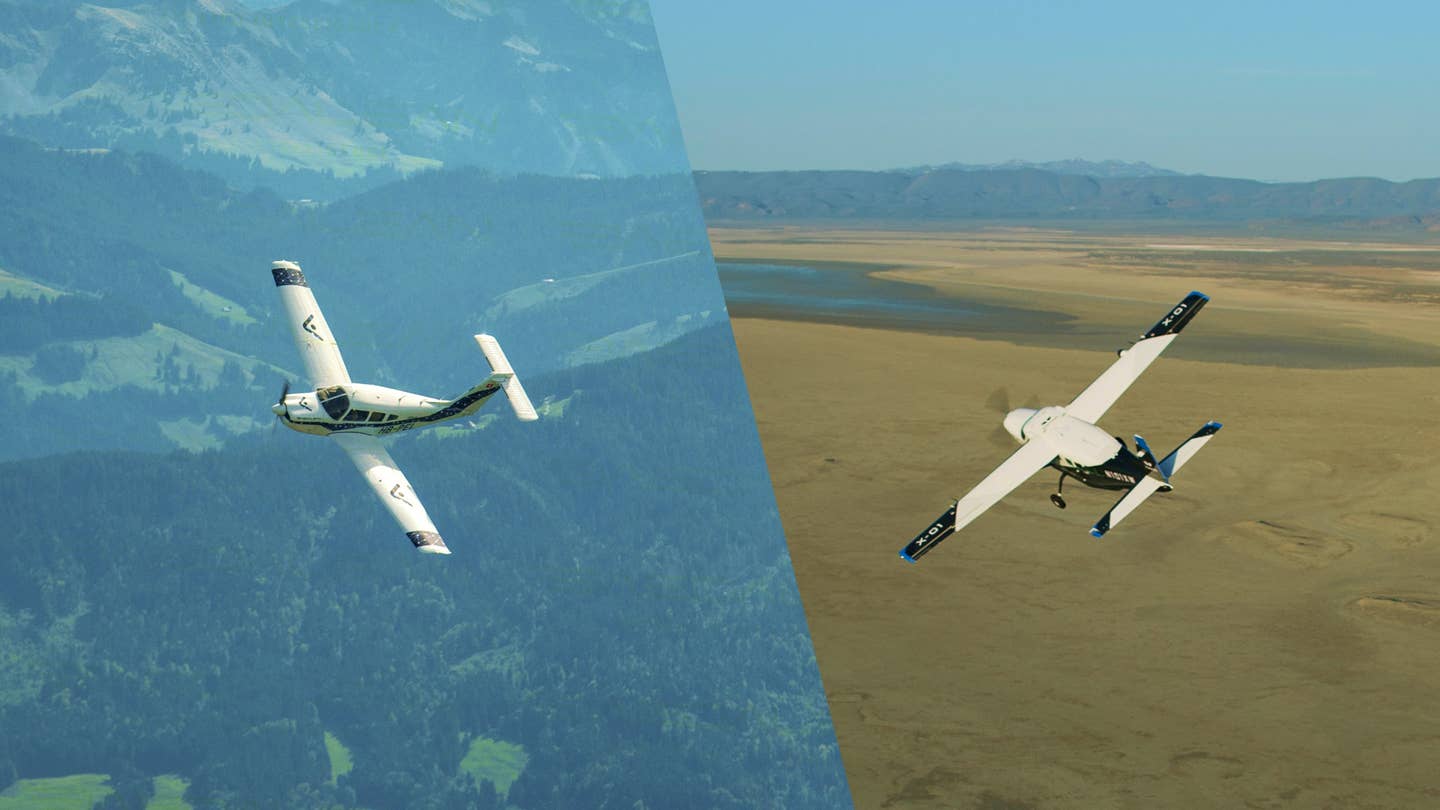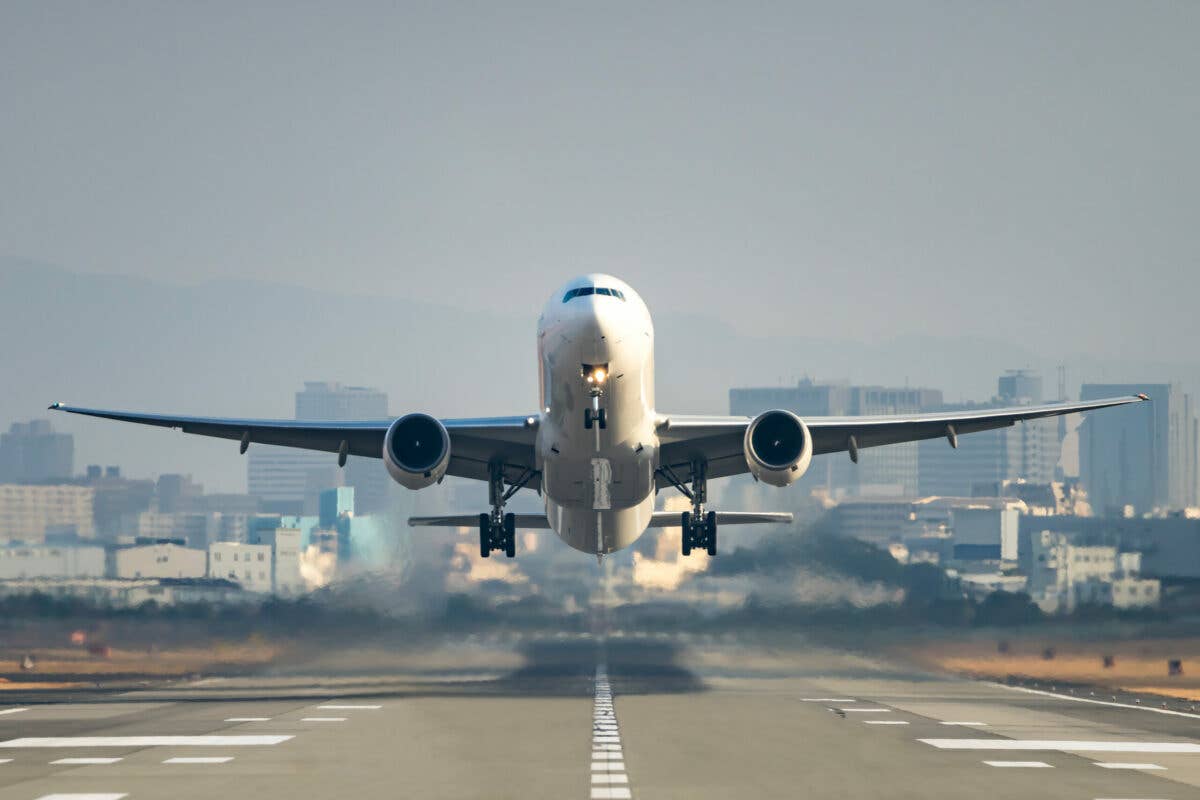Autonomous Flight Leaders Join Forces in Bid to Speed Certification
Xwing and Daedalean—which both produce automated systems for the cockpit—will collaborate on the development of certification standards.

Daedalean- (left) and Xwing-equipped aircraft are intended to simplify things for the pilot—or remove them from the cockpit entirely. [Courtesy: Xwing]
Two of the leading companies looking to bring autonomy to the cockpit are joining forces.
On Wednesday, San Francisco-based Xwing partnered with Swiss firm Daedalean in a bid to accelerate both companies' path to market. The intelligent systems developers agreed to share data, knowledge, and processes around artificial intelligence and machine learning as a way to harmonize their approaches to certification.
Xwing makes modular systems designed to integrate with a wide variety of aircraft serving use cases from logistics to aerial firefighting. The firm works with aircraft operators, manufacturers, and government and defense customers to enable ground-supervised flights without a pilot onboard. In April, the company’s Superpilot unmanned aircraft system (UAS) became the first standard category large UAS to receive official FAA project designation.
“At Xwing, we balance our commitment to a strong safety culture with our push for technical innovation,” said Maxime Gariel, president and chief technology officer of Xwing. “Our collaboration with Daedalean underscores this philosophy and the importance we place on sharing data, knowledge, and processes to inform a credible path forward toward certification for the industry as a whole as we work closely with regulators.”
Daedalean , similarly, offers machine learning-based avionics systems for civil aircraft. Through a collaboration with Avidyne, it’s working to certify and bring to market the first such system for general aviation: Pilot Eye, a solution that visually detects non-cooperative traffic. It too has a relationship with the FAA, having published a joint report with the regulator in 2022.
“In this emerging industry, it’s as crucial to collaborate with fellow pioneers as it is to partner with regulators around the world,” said Luuk van Dijk, co-founder and CEO of Daedalean. “With this shared undertaking, we will be able to demonstrate that increasing safety is driving innovation and that a collaborative approach to harmonize regulations and standards ensures that best practices are universally adopted.”
Both companies are “working closely” with the FAA and European Union Aviation Safety Agency (EASA) to certify their machine learning-based safety-critical systems, a category of tech which so far has not appeared on any civil aircraft. The move to autonomy will require a shift in the way regulators certify hardware and software for the cockpit.
Accordingly, Xwing and Daedalean agreed that creating consensus on their design assurance approaches—via information sharing—is the best way to speed the development of certification guidelines. The partners also believe their collaboration will deliver safer standards than if they worked separately.
Each company has released blueprints of their approach to certification, which they hope will guide regulators as they work to establish an acceptable means of compliance.
Xwing’s Formal and Practical Elements for the Certification of Machine Learning Systems, for example, attempts to outline a model-agnostic, tool-independent framework that could apply to any use case.
Similarly, Daedalean’s Concepts of Design Assurance for Neural Networks, published jointly with EASA, looks to set industry-wide guidance on developing machine learning systems. Already, EASA has used its findings to draft the first usable guidance for Level 1 machine learning applications.
Although those two frameworks were developed independently, Xwing and Daedalean concurred that sharing their expertise will lead to higher levels of safety, and quicker.
In addition to its relationship with the FAA, Xwing owns a contract from AFWERX, the innovation arm of the U.S. Air Force, to trial its Superpilot system aboard a crewed Cessna 208 Caravan. Pilots will offer feedback on its usability. The company was also contracted by NASA to build an autonomous flight safety management system.
Simultaneously, Daedalian is working to ensure its Pilot Eye technology complies with Aerospace Recommended Practice, DO-178C, and field-programmable gate array standards. Partner Avidyne, meanwhile, has applied for a supplemental type certificate for Pilot Eye with the FAA, with concurrent validation from EASA.
Like this story? We think you'll also like the Future of FLYING newsletter sent every Thursday afternoon. Sign up now.

Sign-up for newsletters & special offers!
Get the latest FLYING stories & special offers delivered directly to your inbox






